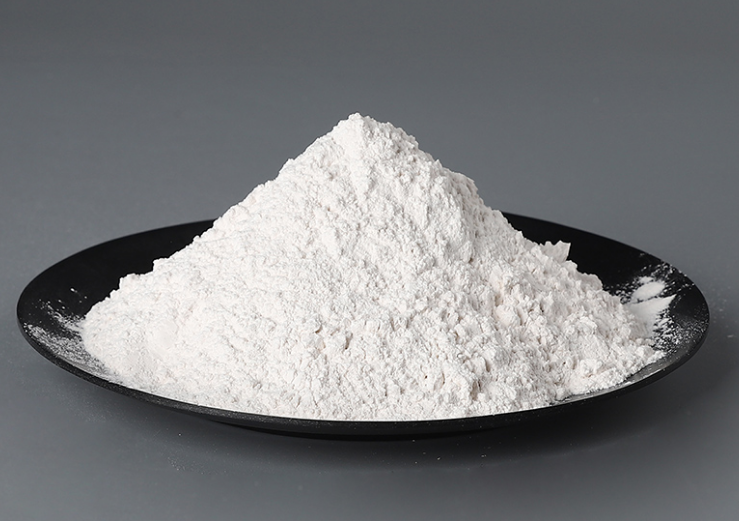In the realm of construction materials, quartz powder and silica fume are two commonly used substances with distinct properties and applications. While both are derived from silicon dioxide (SiO2), they serve different purposes in various industries. In this article, we delve into the characteristics, uses, and disparities between quartz powder and silica fume to provide clarity on their distinctions.
Quartz powder, also known as silica powder, is a fine-grained form of silicon dioxide obtained through the grinding of quartz stones or rocks. It typically consists of crystalline silica particles with sizes ranging from micrometers to nanometers.
Quartz powder exhibits high purity, hardness, and heat resistance, making it suitable for a wide range of applications, including:
- Construction Materials: Used as a filler in cementitious materials, such as concrete and mortar, to enhance strength, durability, and workability.
- Glass Production: Added to glass formulations to improve transparency, thermal stability, and chemical resistance.
- Ceramics: Utilized in ceramic manufacturing to enhance mechanical properties and surface finish.
- Paints and Coatings: Incorporated into paint formulations to increase hardness, abrasion resistance, and weatherability.

Silica fume, also referred to as microsilica, is a byproduct of silicon metal or ferrosilicon alloy production. It is generated through the reduction of quartz with carbon in electric arc furnaces, resulting in ultrafine particles of amorphous silica.
Silica fume is characterized by its high surface area, pozzolanic activity, and reactive nature, making it valuable for various applications, including:
- Concrete Enhancements: Used as a supplementary cementitious material in concrete to improve strength, durability, and chemical resistance.
- Refractory Materials: Incorporated into refractory formulations to enhance thermal shock resistance and corrosion resistance.
- Rubber and Plastics: Added to rubber and plastic compounds to enhance mechanical properties, such as tensile strength and tear resistance.
- Coatings and Sealants: Employed in coatings and sealants to improve adhesion, moisture resistance, and overall performance.
- Quartz Powder: Consists of larger, crystalline silica particles with a wide size distribution.
- Silica Fume: Comprises ultrafine, amorphous silica particles with a significantly smaller particle size and higher surface area.
- Quartz Powder: Primarily composed of crystalline silica (SiO2) with trace impurities.
- Silica Fume: Contains amorphous silica (SiO2) with a higher concentration of reactive silica and minimal impurities.
- Quartz Powder: Generally inert and does not exhibit pozzolanic activity.
- Silica Fume: Exhibits high pozzolanic activity, reacting with calcium hydroxide in cement to form additional calcium silicate hydrate (C-S-H) gel, enhancing concrete strength and durability.
In summary, quartz powder and silica fume are distinct materials with unique characteristics and applications in various industries. While quartz powder is valued for its purity, hardness, and versatility, silica fume offers exceptional pozzolanic activity and reactivity, making it a valuable additive in concrete and other construction materials.
Previous: Copper Coated Steel Manufacturer
Copyright:@2020-2021
Comments Please sign in or sign up to post.
0
0 of 500 characters used